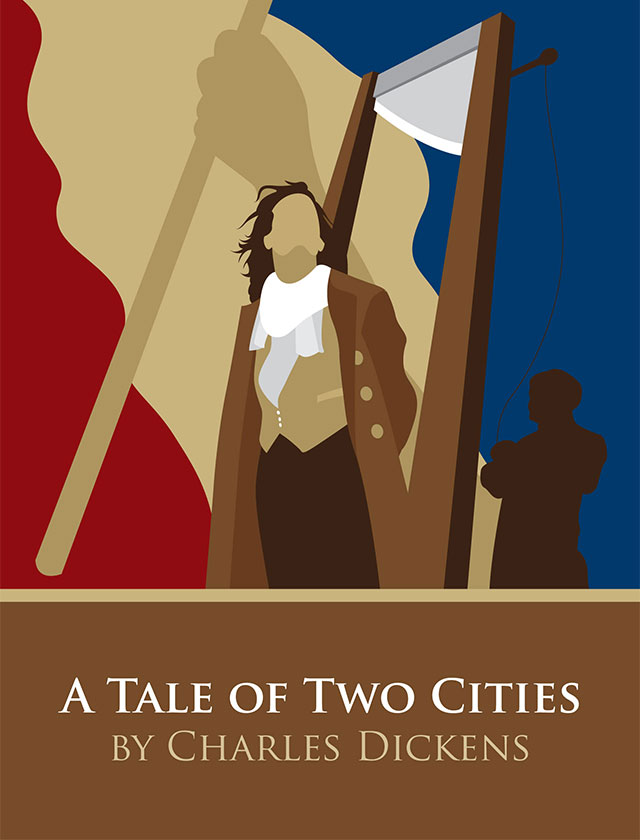A Tale of Two Cities
by Charles Dickens
Doctor Manette
Some readers may view Dr. Alexandre Manette as a background character in A Tale of Two Cities and believe that the novel focuses on Charles Darnay and Sydney Carton. However, Dr. Manette’s story is critical to the action in the novel. The major movement in the beginning of the novel is the revelation that he is alive—that his daughter, Lucie, is not actually an orphan, and that he has been released from prison after years of unlawful imprisonment. In many ways, Dr. Manette is a symbol of the damage that classism can do to a society. While the reader is introduced to Dr. Manette after years of imprisonment and first sees him as a broken man, it is important that the reader understand that Dr. Manette is much more than the broken man one sees at the beginning of the novel. Though his life story is not told in chronological order, throughout the novel the reader sees different components of Manette’s personality. Dr. Manette was a principled young man who, when confronted with evidence of terrible wrongdoing by the Marquis Evrémonde, tries to achieve justice. As members of the aristocracy, Marquis Evrémonde and his brother use their position to punish Dr. Manette for his attempts to bring them to justice. Moreover, even when Dr. Manette is wrongfully imprisoned, there is significant evidence of his determination and intelligence. He keeps a journal while in prison, and that journal reveals his feelings about his circumstances and about the men who conspired to have him arrested. The reader also hears Manette’s feelings about his wife and child, knowing that they have not been told of his whereabouts and must simply worry about him and assume the worst.
Perhaps what makes Dr. Manette so fascinating is that while he is certainly changed by his incarceration, he has not allowed the experience to strip him of his humanity. He has tremendous love for his daughter Lucie, and he develops very strong friendships with several characters in the novel. However, he...
Sign up to continue reading Doctor Manette >